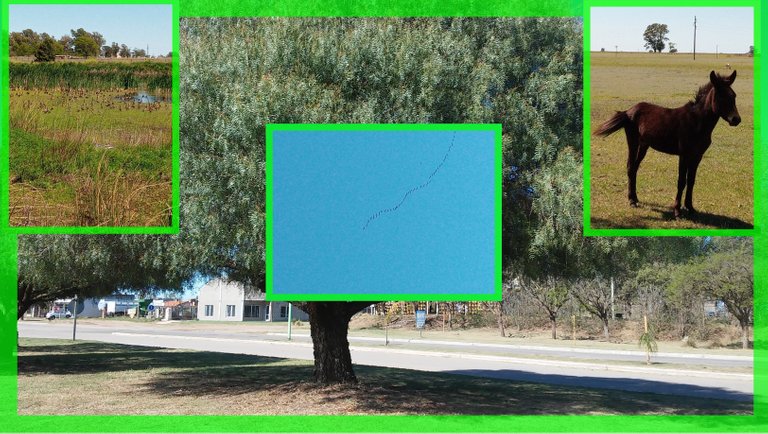
An old proverb says that those who live in the mountains long for the sea and its beaches, those who live near the sea long for the mountains and their high peaks, and those who live on the plains long for both. Jokes aside, it is true that the inhabitants of the plains, the so-called Argentine pampas, do not have the same possibility of doing tourism, hiking or simply vacationing during long weekends as they do. But that doesn't mean that we can't enjoy nature as far as our eyes can see. In that endless horizon where the lights of dawn and dusk have a time perfection such that we can be without a watch -or a cell phone in these modern times- and guide ourselves as our grandparents did simply by the position of the sun.
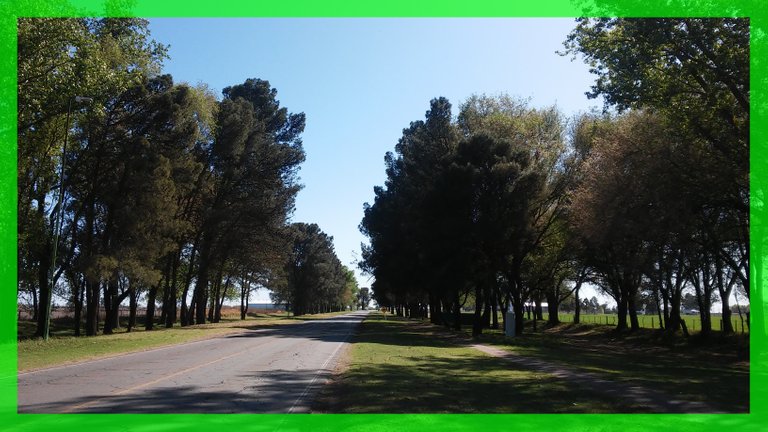
And remembering those old times, we decided to make an extensive tour along the La Posta recreational park and nature reserve, less than a km from the place where I live. A place where we can contemplate leafy and ancient trees, some of which are almost a hundred years old, along with some specimens of the local wildlife, which are not the least bit amazed at our passage and continually watch us as we pass a few meters from them. . The perimeter layout of this reserve is around 5 km long and can be done through a well-kept path that can be traveled by people, small animals and children in total harmony. Although vehicular traffic is not prohibited, cars are practically not seen circulating. And when this happens, they circulate with the greatest possible discretion and safety so as not to alter the environment.
 |  |
|---|---|
 | 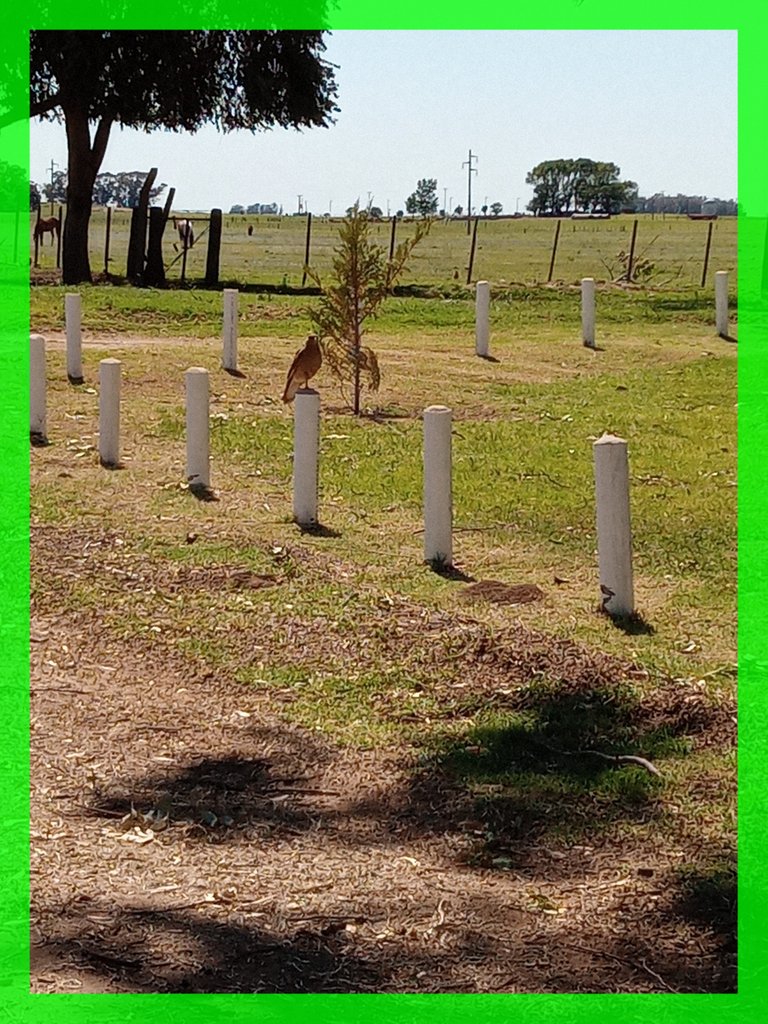 |
Shortly after the tour started and fenced through we see (the tour is made by the person who subscribes this post, his wife and our small canine pet) some horses next to a donkey mixed in the middle of the entire equine race, grazing freely and in total tranquility. Horses are of different breeds and therefore the coat is also diverse. The person in charge of the reserve enlightens us with a bit of equine culture and explains that he does not know the breeds in their original English, but that in popular Argentine jargon they are called chestnuts, bayos, roans and other names with clear national roots.
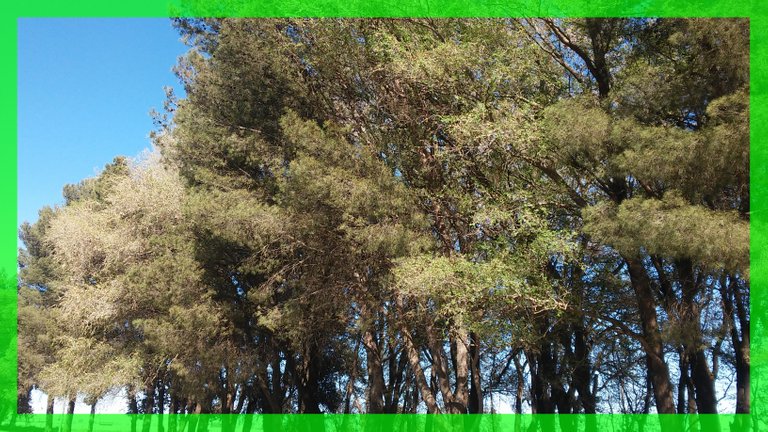 |  |
|---|---|
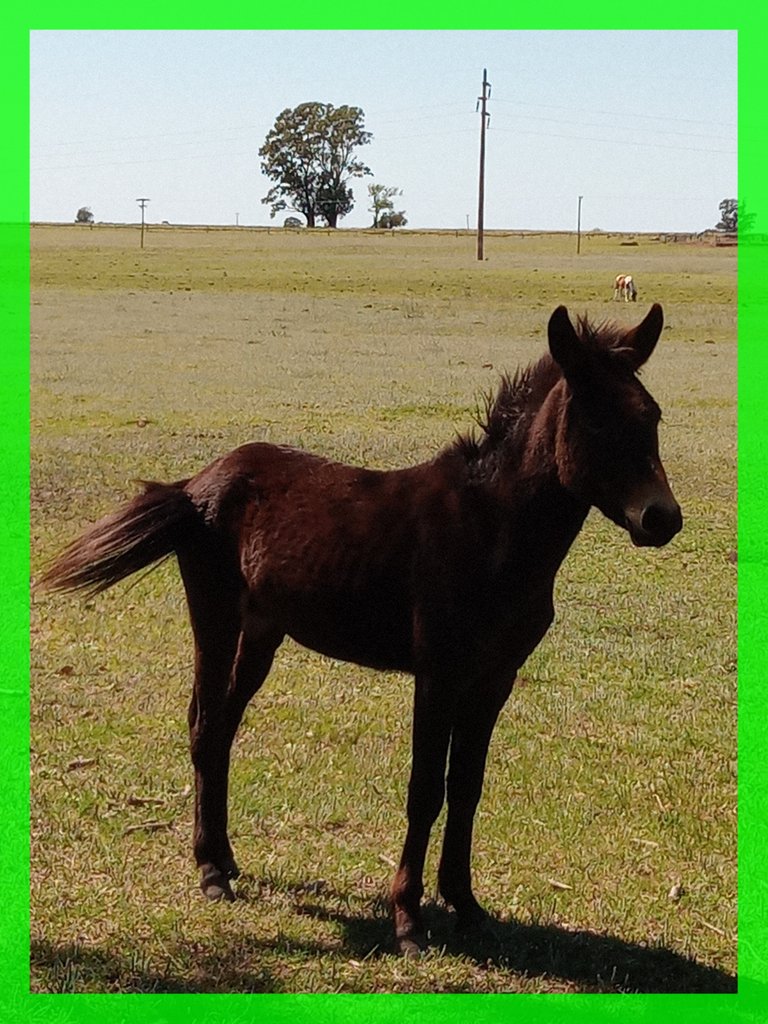 |  |
 | 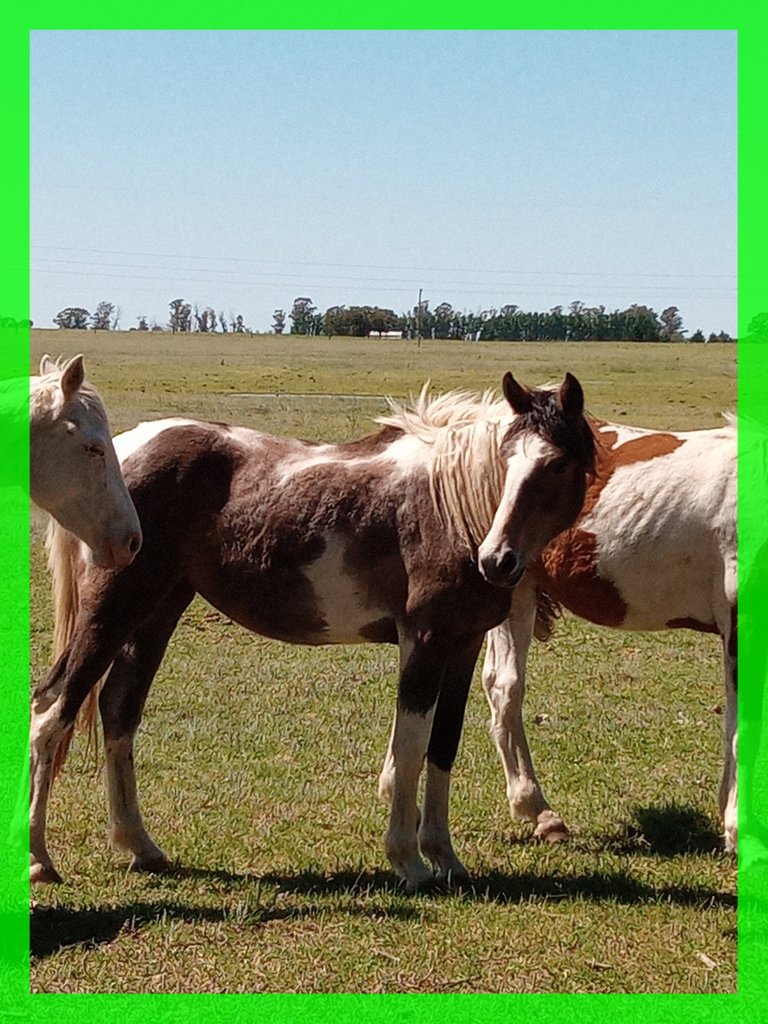 |
Another aspect that immediately catches our attention is the height of the trees whose tops are lost in a blue sky whose magnificence we cannot represent with a simple photo from a cell phone. Sometimes after storms some branches break and the forest guard service works constantly to keep the accesses free and avoid accidents. We also see numerous rows of plants that cover both sides of the paths like a kind of natural avenue. They give our walk a special sensation of freshness, since the sun does not reach us directly for a long time, not even in the middle of the day.

The green of the foliage of the plants is dazzling, perhaps as a result of the rain last weekend. And also the flowers as we see in these beautiful aromas with whose flower in some European countries women's day is celebrated on March 15. Of course for that time of the year in Europe they are in flower, just like here at the beginning of spring but with the seasons reversed. A large part of the crown is covered with bouquets of yellow flowers whose perfume is felt several meters away.

On our tour we pass the banks of a natural pool or pond -there is no outlet in any river or ocean, so the waters remain stagnant, purifying themselves with the same evaporation of the water that becomes clouds, then rain and the cycle begins again. new. In this pond we see a colony of wild ducks (this species is called whistling ducks because they actually emit a kind of whistle in continuation) that enjoy this beautiful day in the lower part of the pond where there is little water. Or sitting comfortably on top of the rocks that have been left on purpose for this purpose.
 |  |
|---|---|
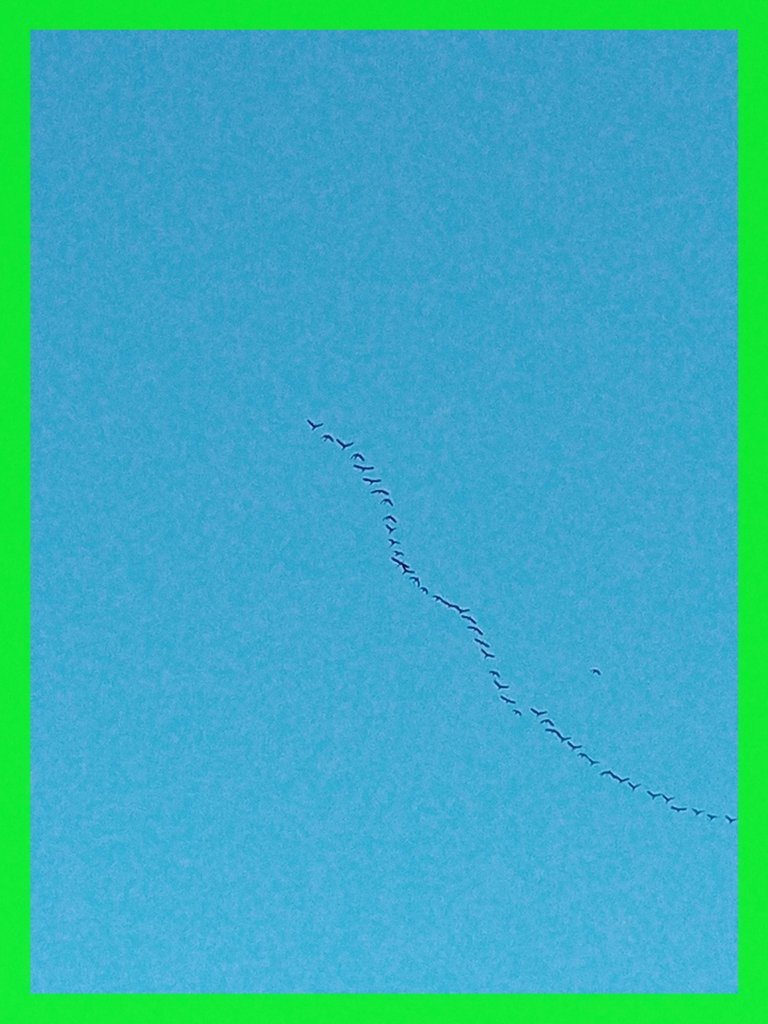 | 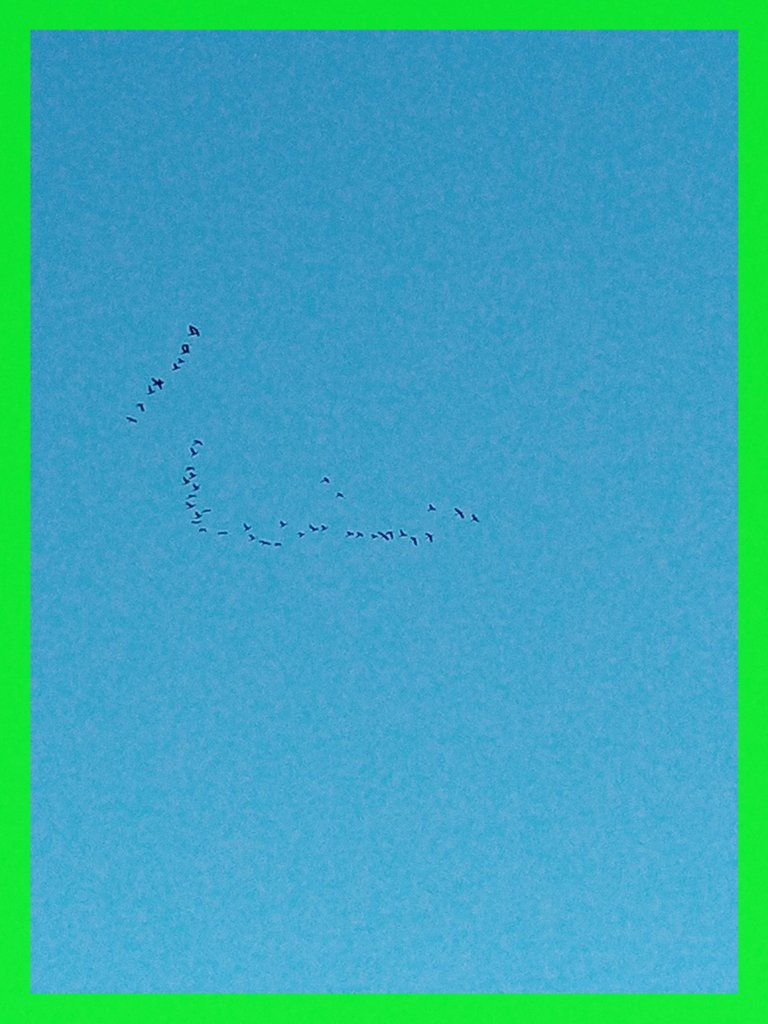 |
It had been a long time since we had seen an entire colony of ducks. The grasses of the marsh will allow her to lay new litters of eggs in future months and surely before summer we will be able to see the little ducklings that follow their mother swimming throughout this extensive and calm natural pond. We did not see any human beings disturbing this moment of faunal placidity and that made us very happy.
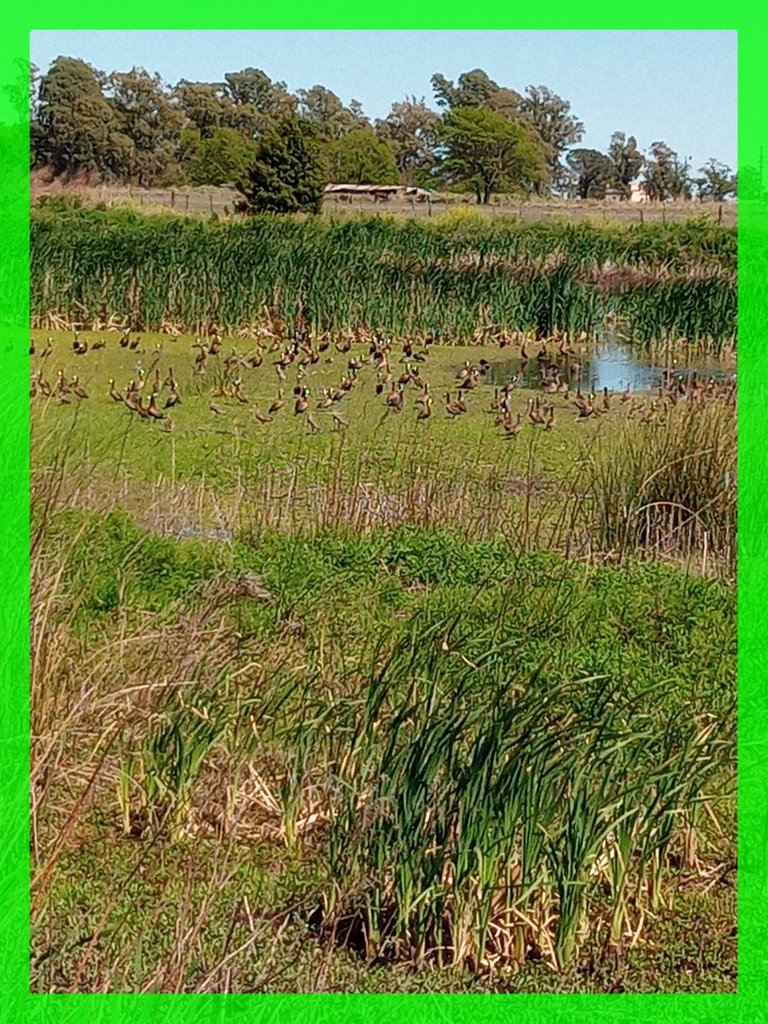 |  |
|---|---|
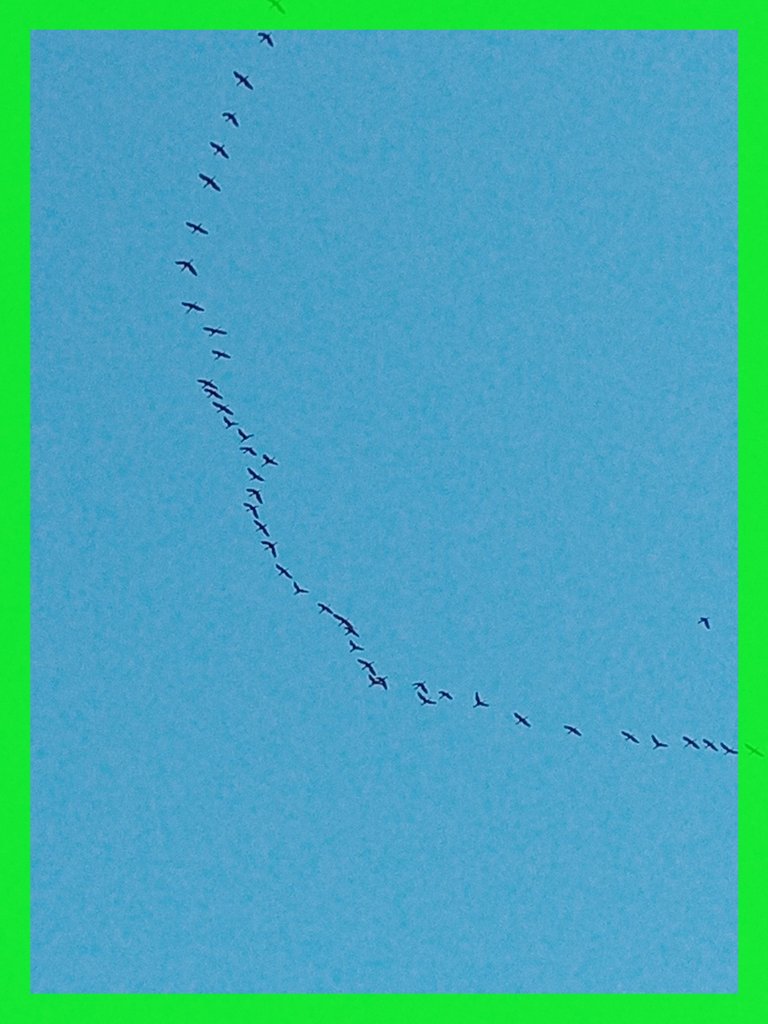 |  |
While we move away without making a noise and trying to go as unobserved as possible, we see in the absolutely blue sky, another colony of whistling ducks that zigzag in continuation, doing acrobatic pirouettes and that are surely waiting for us to move away, to come down and meet with the rest of the colony. The acrobatics they perform in the sky are of admirable perfection, often V-shaped and other times zigzagging like the movements of a reptile, suddenly shrinking or expanding without ever losing the rhythm of the formation. And taking the turn to command it as in the most perfect and synchronized cycling race where the pointers alternate and are continually replaced by others to regulate fatigue.

We continue to see different species of trees even within the same species. For example, we see some weeping willows, so called because their foliage falls towards the ground, and other species of willows, whose leaves are a very vivid and bright green color called electric willows. The electrical thing we do not know what it obeys. Perhaps because of the shape of its leaves. They grow very well in areas close to wetlands, since their roots extend horizontally and manage to capture moisture to feed on it from several meters away.
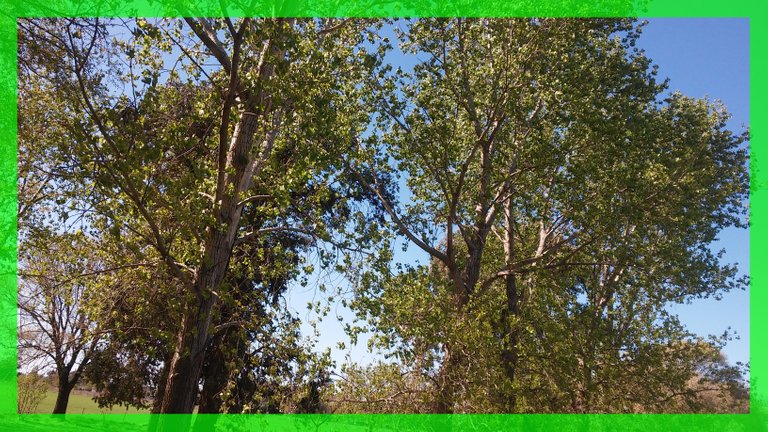 |  |
|---|---|
 |  |
Some eucalyptus trees with their tall canopies and multi-year trunks stand out from the rest. They have the peculiarity that their trunk peels off over time and a totally white trunk is left bare. The leaves of some of these species give off a characteristic perfume that reminds us of our childhood, since as children our mothers used them -previously boiled in water- to cure colds and flu through the steam that they emanated, especially during autumn and winter.

Other species whose crowns are perfectly round and give a very beautiful aesthetic appearance represent the so-called ombú, a bit like the typical tree of the Argentine pampas. It also lasts for many years and in some places there are still specimens that date back to the conquest of the desert in the eighteenth century when this entire region was inhabited by the ancient and original settlers: the Indians.

Little by little, a kind of reforestation has begun, since some very old plants have been defeated by time and storms, since when the foliage is very thick, it retains an important part of the water, causing a considerable weight that breaks very thick. On the other hand, if the rain is intense, some plants such as eucalyptus and pine trees, for example, which have a shallow root that expands especially horizontally, begin to tilt due to the weight of the branches, until literally the roots of the trunk are exposed to the surface.
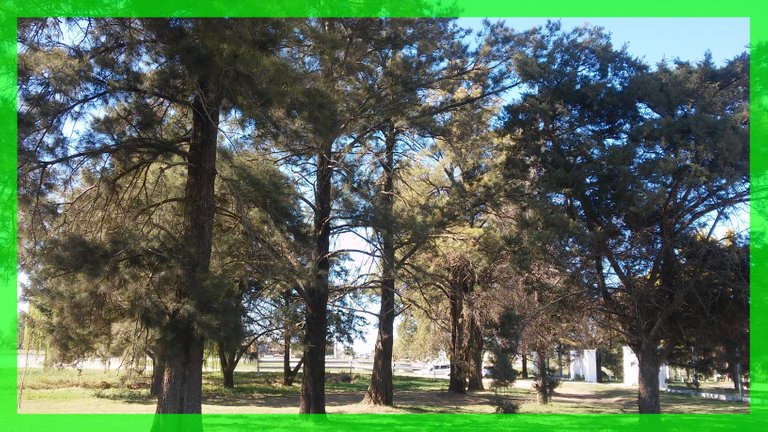
In this case, the only possible solution is to finish uprooting it and replace it with other species. We see that most of the new plants that replace those that are uprooted are of the poplar species. We have seen many of these plants in Argentine Patagonia where they are used as a barrier against the winds, which are quite strong in that area.

In general, the park is very well cared for and has a daily weeding service. There are even people who periodically control the plants by hand pruning the branches most exposed to breakage and controlling the general condition of the entire grove. They are the ones who notify the forest guard service in the presence of fallen branches obstructing the trails.

A part of the park's route is also used as a golf course, since it has an ideal surface for practicing this sport. Today we have not seen any golfers, but it is quite common to see them play on weekends during the summer season.

Lately, the very flat northern part of the park is being used for archery enthusiasts, a new sport that is gaining more and more followers, especially among the local youth. We see the place much better cared for than on our last visit before the pandemic.

We are getting closer to the starting point and despite the fact that the terrain is quite flat, with no ups or downs, fatigue is beginning to make itself felt. Our pet far surpasses us in physical resistance and seems to be willing to go one more time. We just finished the circuit.
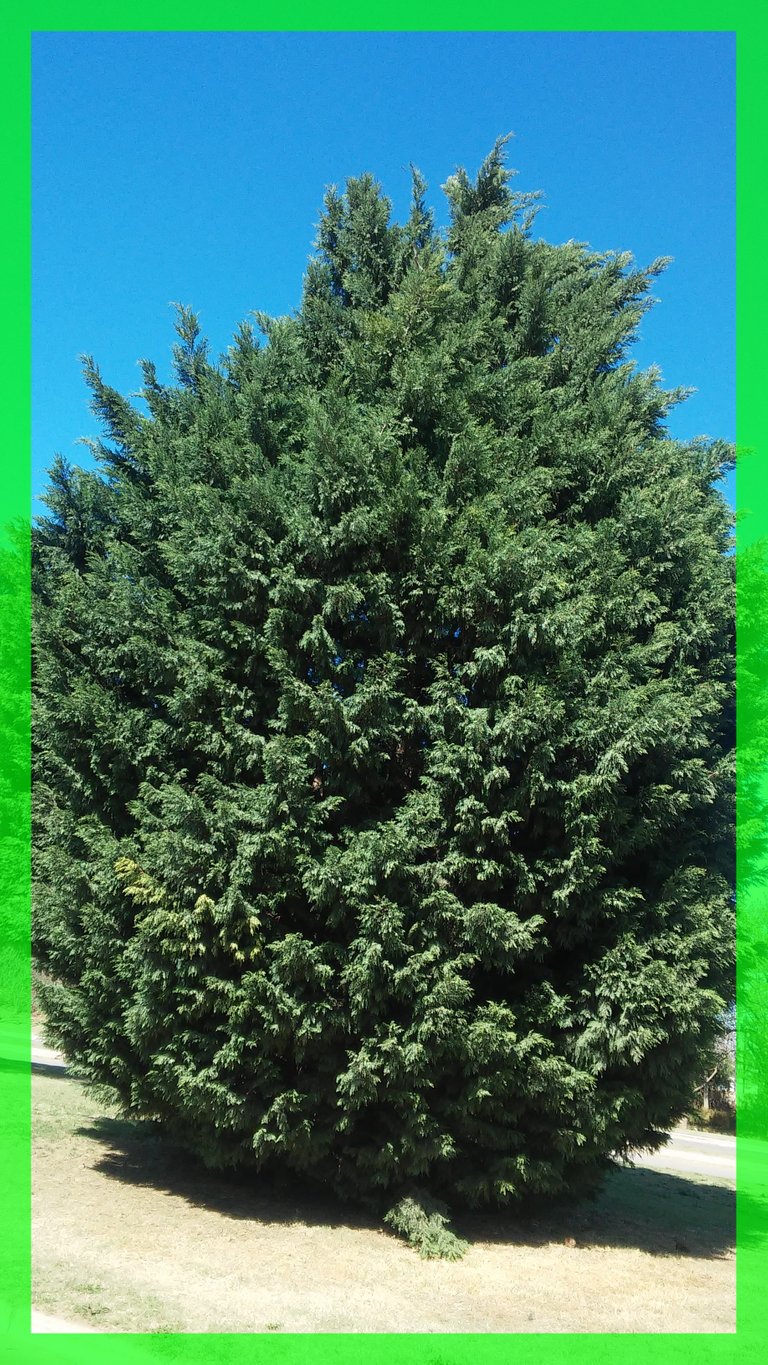
One of the last images represents some beautiful pine trees pruned in an oval shape. They are from a variety of low-rise pines (they are called dwarf pines although they are more than two meters high) although in reality compared to any other species of pine they may deserve this nickname.
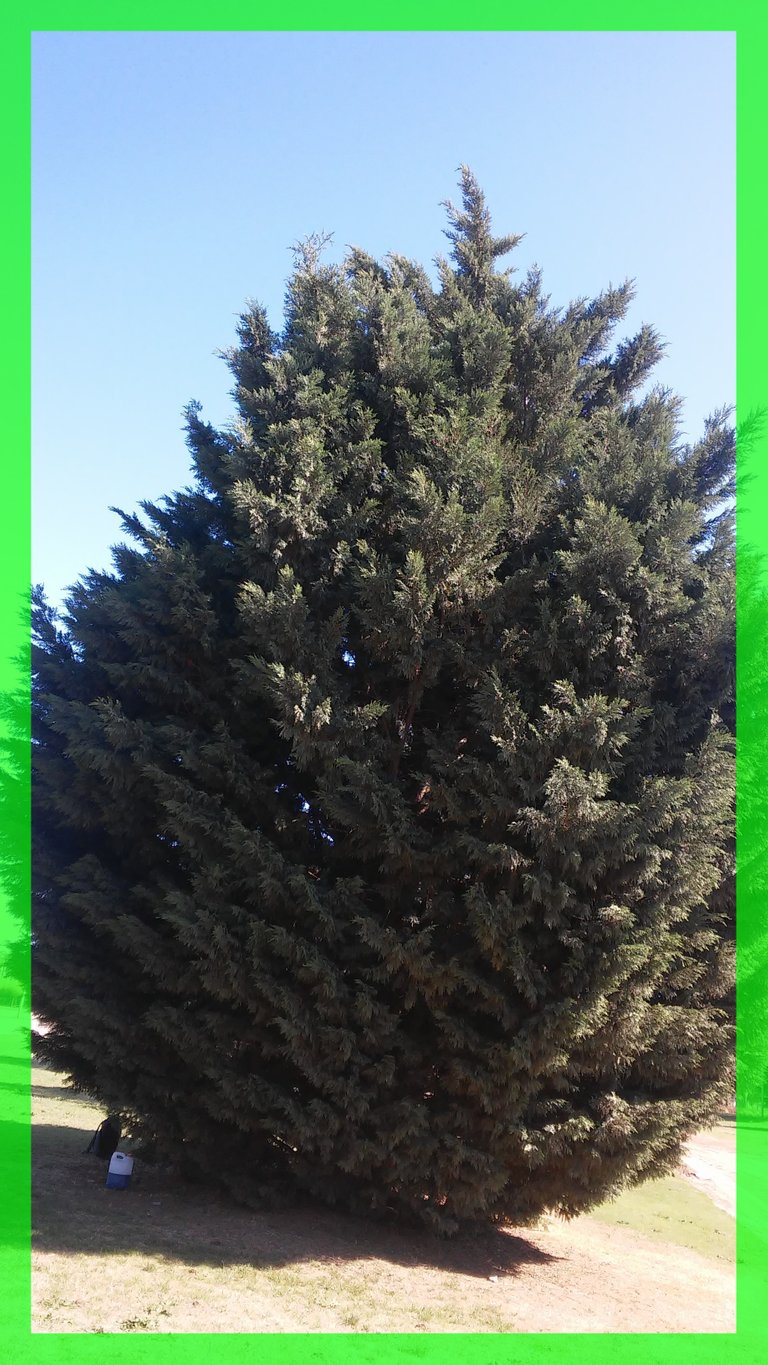
The fact that they are low in height allows them to be pruned in an artisanal way by the reserve's gardeners who put all their care into beautifying them in the best possible way. With an absolutely green lawn around it, cut like the grass of a soccer field.
 | 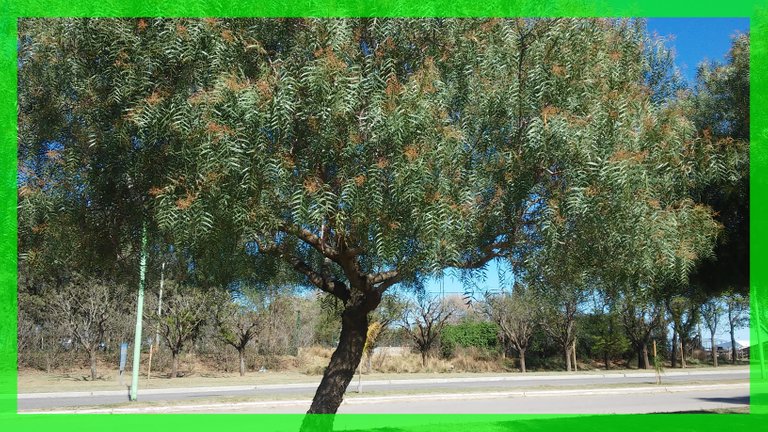 |
|---|
And while we leave the park tired, but happy to have been able to admire nature in full splendor a short distance from the city, the intoxicating perfume of the aroma flowers reaches us behind us like the most beautiful farewell.

Hi @goisal, your post has been upvoted by @bdcommunity courtesy of @rem-steem!
Support us by voting as a Hive Witness and/or by delegating HIVE POWER.
JOIN US ON
Thank you for voting, curating and supporting my content @bdcommunity.
Lots of trees, horses and birds. So much to admire. 100-year-old trees? Amazing! I live in the mountains and I do long for sea a lot :D
There is a proverb that says that those who live in the mountains miss the sea as you say. Those who live by the sea miss the mountains. And those of us who live on the plain miss them both.
In a certain way it is a monotonous landscape, but monotony also has its beauty.
Thanks for comment @leeart
Congratulations @goisal! You have completed the following achievement on the Hive blockchain and have been rewarded with new badge(s):
Your next target is to reach 30 posts.
Your next target is to reach 2750 upvotes.
You can view your badges on your board and compare yourself to others in the Ranking
If you no longer want to receive notifications, reply to this comment with the word
STOPTo support your work, I also upvoted your post!
Check out the last post from @hivebuzz:
Thank you @hivebuzz for supporting my content. You are an important benchmark on the platform and having the support of the entire team is a source of satisfaction for me.
Cheers.
Wow, two badges in a row, that's awesome @goisal! 🎉
So beautiful there so cool to see the horses
Thanks for joining the Wednesday walk
Thank you for having this excellent idea of telling, in the middle of the week, things that we have done that same day or on other occasions @tattoo-djay